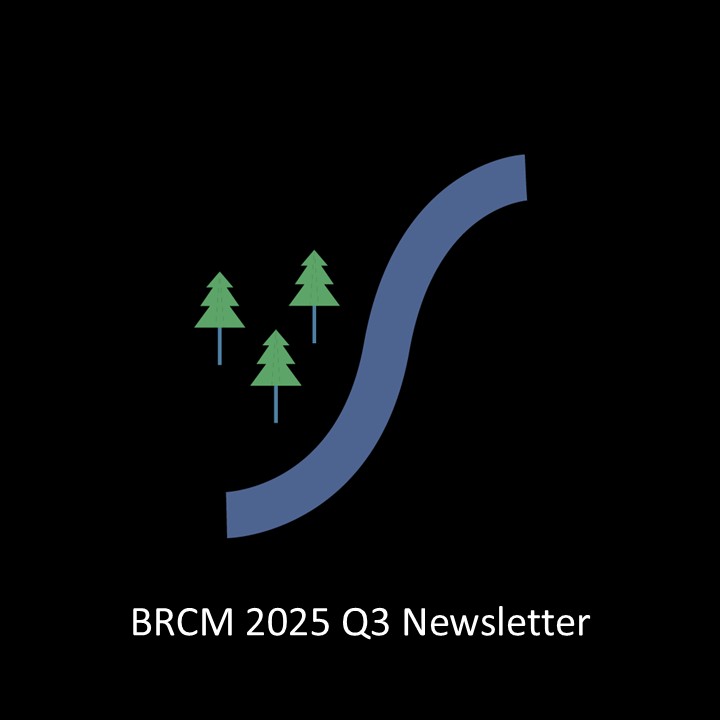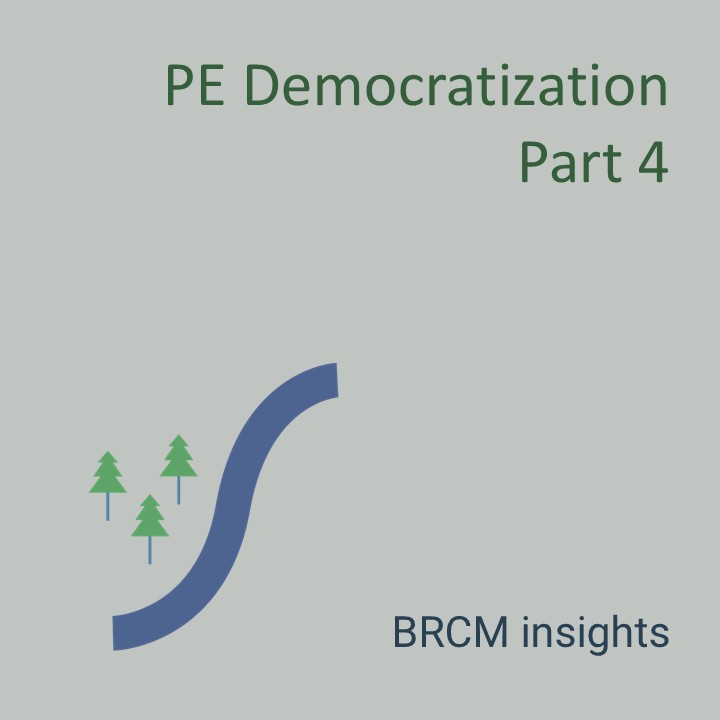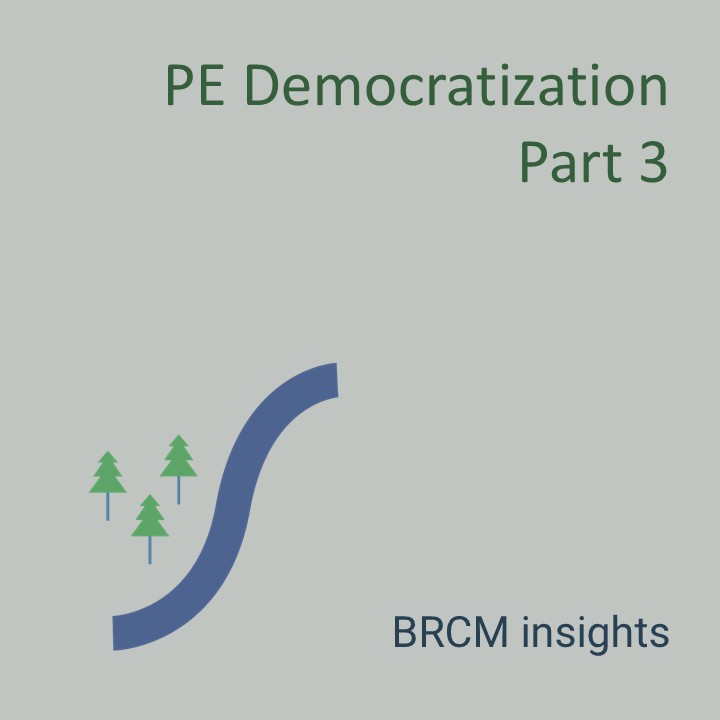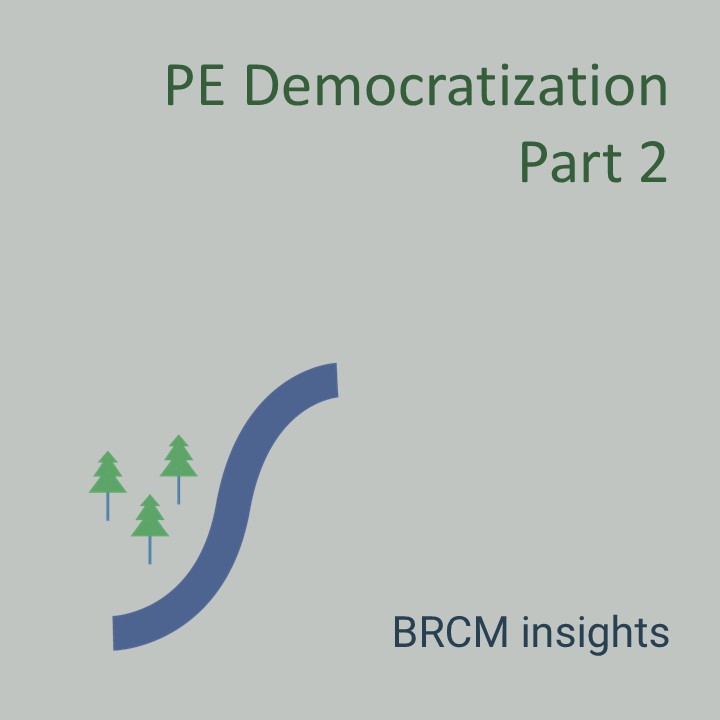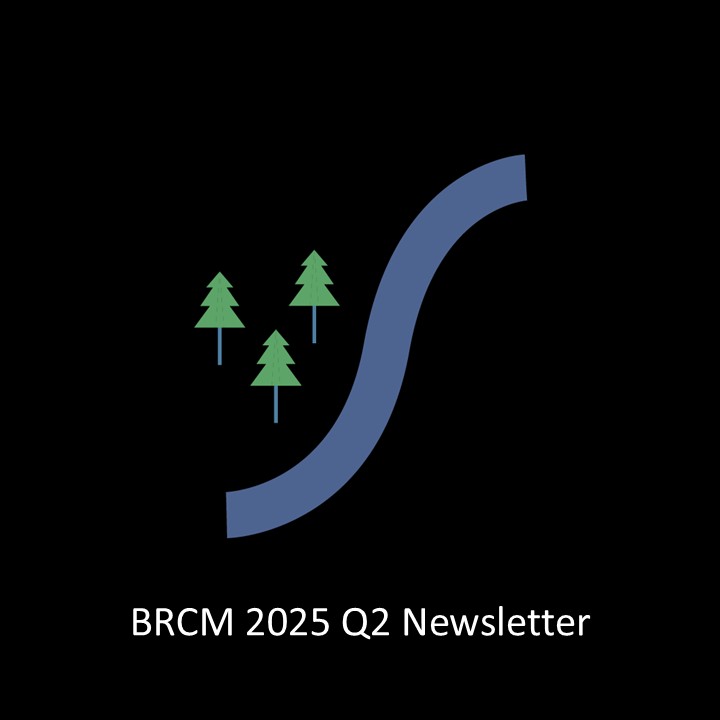The great Warren Buffet has often said: “Price is what you pay. Value is what you get.” We often hear people using the terms price and value interchangeably when referring to public stocks. We think this is a mistake. By separating the two terms we can demonstrate a key tenet of our security selection process.
We define the price of a stock as the amount of money it takes to buy it. Look up a quote for Apple, Inc. (AAPL) stock. As of this writing, it shows $227.97. A stock’s price on the exchange is determined by the classic economic fundamentals of supply and demand within the stock market.
When you buy a company’s stock, you become an owner of that company, and as an owner, you will want to earn a return from the investment. The best way to judge a company’s ability to pay you a return as an owner is its free cash flow. In most cases, a company generates cash flow from its ordinary operations and then invests at least some of that back into the business. What is left over is defined as free cash flow (skipping a few minor details). Free cash flow can be used to pay dividends, buy back stock, pay down debt, or it can accumulate on the balance sheet.
In theory, a stock’s value is defined as the present value of all future free cash flows. Present value is a concept in finance where cash flows received in the future are worth less than cash flows received in the present. The math is such that the present value of a stream of cash flows received into the future or even into perpetuity will converge to a single value (for those math nerds out there, the series is a converging series). This represents the “intrinsic” value of the business.
As we have defined it, a stock’s value is imprecise and based on a set of assumptions about the company’s growth trajectory, profitability, risk, etc. Because it is based on a set of unknowable assumptions, rational investors can disagree about what a stock’s true value is (in practice, valuations based on future free cash flows can vary significantly). We often find ourselves valuing investment ideas using a free cash flow approach, but we are always careful to understand how changing certain assumptions might impact our final value determination.
In theory, price and value should always be exactly the same. The supply and demand for a share of stock should always be precisely reflective of rational investors’ view on the company’s future prospects and its associated risks. In practice, we think price and value are often significantly different, but it is our baseline assumption that they will tend to converge over time. Our belief is that if we are able to systematically purchase stocks whose price is lower than our estimate of intrinsic value, we will benefit as that gap is closed over time.
If you have any questions about this blog, or other questions about your finances, please contact Blue River Capital Management at 503.334.0963 or at info@brcm.co.
This information is intended to be educational and is not tailored to the investment needs of any specific investor. Investing involves risk, including risk of loss. Blue River Capital Management does not offer tax or legal advice. Results are not guaranteed. Always consult with a qualified tax professional about your situation

